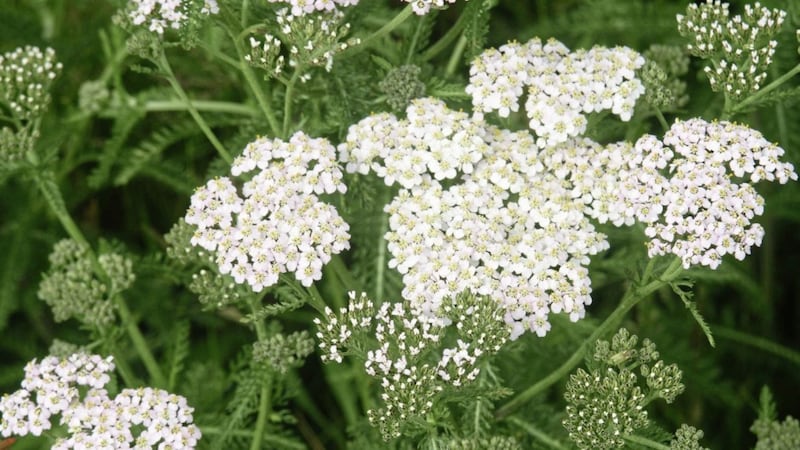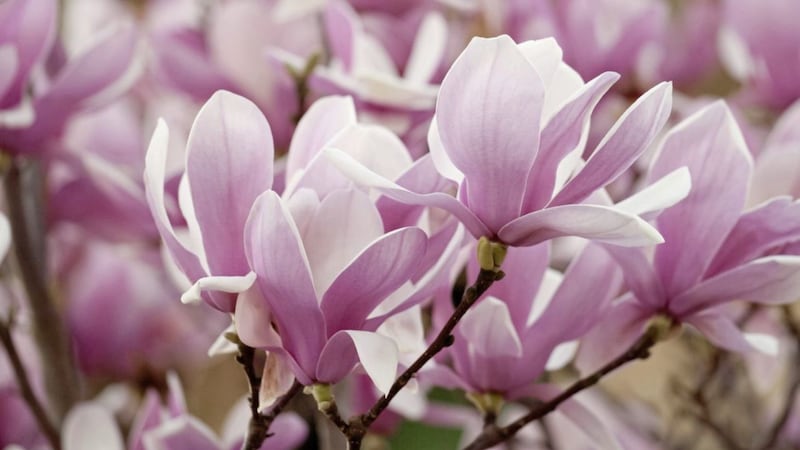THE wave builds into a huge surging hummock of water that gathers speed, roars and then breaks as it curves downwards, knocking me flying.
Tumbling under the churning foam, the current draws me outwards into the Atlantic Ocean, but I dig my heels into the shifting sand to find my feet and turn to face the next breaker.
There is a primal energy when you are being tossed about in the huge waves that come crashing on to the coast of Co Kerry and swimming in the restless waters that never seem to warm up.
Clogher Beach is a crescent of soft sand that nestles in the embrace of two rocky outcrops on the outer tip of the Dingle Peninsula. Across from it lies Clogher Head, a rocky headland that juts out into the sea and overlooks the Blasket Islands and in the far distance the distinctive shape of Skellig Micheal.
In the other direction, skirting around the cliff tops, you come to Cuas na nEighe, a small rocky cove where, when the tide has retreated, lies a rich harvest of seaweed to be gathered then eaten raw, pickled or cooked to make nourishing meals full of proteins and vitamins that carry the rich flavours of the Atlantic.
Fronds of dulse can be cut from the rock and eaten on the spot or dried out, chopped and added to salads – pepper dulse, as its name suggests, has a peppery flavour and grows on the sides of rocks. Sea lettuce can also be added to salads, or pickled in apple cider vinegar and sprinkled with crushed nuts to make a tangy pesto.
Kelp works well in stews and soups, as do the long strands of sea spaghetti, although this is now out of season and is best gathered earlier in the year.
Clambering over rocks, which in an hour or two's time will be covered again by seawater, you come to a large rock pool where the brave can jump in and indulge in an open air, and totally free, seaweed bath.
Despite its ruggedness, this coastline also contains an abundance of wild food in the open landscape and on the mountainsides. Puffball mushrooms are scattered through the fields, while blackberries, rosehips and elderberries are now ripe for picking among the hedgerows.
Growing in the dips and crevices of a mountain pathway is a store of flavoursome herbs and medicinal plants. Red clover can be dried to make tea, water mint flavours as its name suggests, while sorrel has a sour taste to it and can be eaten raw and works well in soups.
The Irish language is still strong in this part of Kerry and its words often contain an ancient knowledge about the nature around us and medicinal properties of the shrubs and herbs at our feet but that our modern eyes glance over without ever really taking in.
The evocatively named athar thalún – father of the land – is yarrow, a herb that was used by the druids in their ceremonies and which is still picked by traditional medicine practitioners to help staunch blood flow, with menstrual clotting and to relieve headaches.
Glanrosc – a cluster of tiny white flowers, which in English are called eyebright – literally means eye cleaner and was traditionally used to treat eye conditions. Its extract is also used by modern-day herbalists for treating conjunctivitis and other eye problems as well as various respiratory conditions – a medicinal plant for the times we are in.
Buíochas le Diarmuid, Siobhán agus Timmy ag an Díseart Gaelach Fiáin (wildirishretreat.ie).








